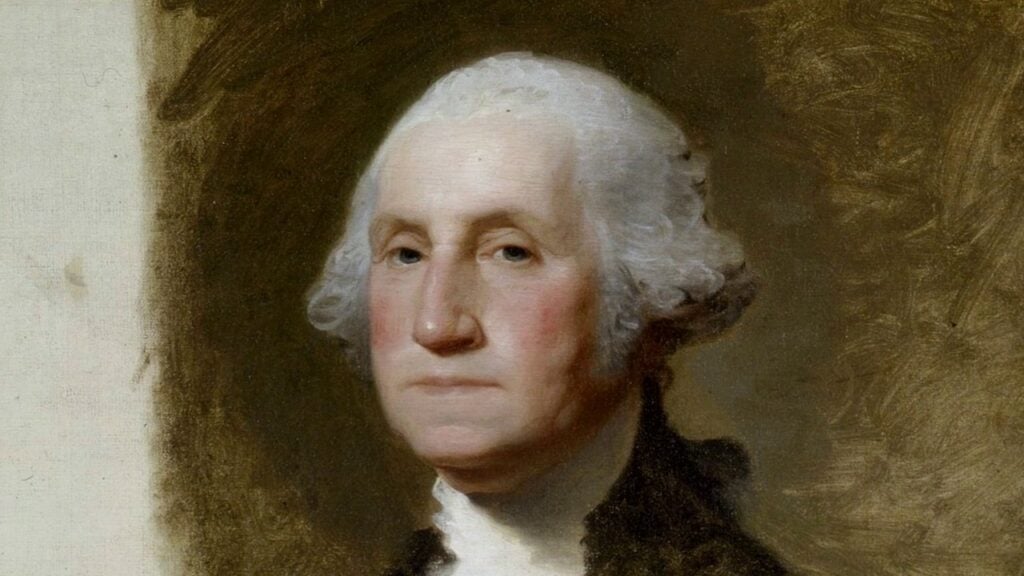The Athenaeum Portrait, also known as The Athenaeum, is an unfinished painting of former United States President George Washington by Gilbert Stuart. It was created in 1796. But did you know why it was left undone?
According to artist Rembrandt Peale, Martha Washington “wished a Portrait for herself” and persuaded her husband to sit again for Stuart “on the express condition that it should be hers when finished.” On the other hand, Stuart did not want to part with the painting and left it unfinished.
Who is Gilbert Stuart?
Stuart grew up in Newport, Rhode Island, and learned painting fundamentals there. In 1775, he traveled to London and entered the studio of the American expatriate artist Benjamin West, with whom he collaborated for about six years. On the other hand, his mature style owes more to Thomas Gainsborough and Sir Joshua Reynolds than to West. Stuart established his own London studio in 1782, and for the next five years, he received portrait commissions from some of England’s most distinguished gentlemen. Despite his success, he fled to Dublin in 1787 to avoid his creditors.
After six years in Ireland, he moved to the United States, quickly becoming the country’s leading portrait painter. He briefly lived in New York City before relocating to Philadelphia, where he spent the next 12 years. In 1805 he finally settled in Boston.
Although Stuart had no formal students, many young artists benefited from his free advice, including John Vanderlyn, Thomas Sully, and John Neagle.
Stuart’s working method, in which he painted his sitters’ faces directly onto the canvas or panel, particularly impressed these artists. Less talented artists, including his daughter Jane, reduced his style to a formula reflected in much subsequent American portraiture. (Source: Britannica)
The Painting of the Late President George Washington Called The Athenaeum.
The Athenaeum Portrait, also known as The Athenaeum, is an unfinished painting of former United States President George Washington by Gilbert Stuart. It is Stuart’s most well-known work, having been completed in 1796.
The oil on canvas painting depicted only Washington’s head and neck and was completed on a brown background when he was 65 years old. The remaining portion of the painting is unfinished. John Doggett, a frame maker, picture dealer, and entrepreneur, created the frame.
It served as a model for the engraving used for Washington’s portrait on the one-dollar bill of the United States. (Source: National Portrait Gallery)
Why is The Athenaeum Unfinished?
The backstory to Stuart’s unfinished work is almost as intriguing as the subject itself. According to Stuart’s contemporary Rembrandt Peale, another portrait of her husband so captivated Martha Washington that she commissioned a second painting for herself.
Washington agreed to sit for Stuart, but the artist refused to give up the new portrait because he knew he could use it as a model for future commissions. Stuart purposefully left the work unfinished and started making and selling copies.
He allegedly referred to these copies as hundred-dollar bills because of the price he charged for them. Stuart is thought to have copied 130 portraits from the unfinished work commissioned by Martha Washington. Around sixty of them are still alive today. (Source: Art And Object)
